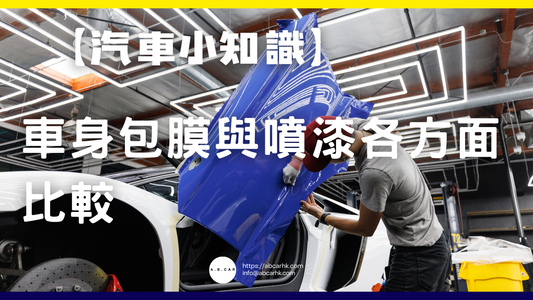[Common Diseases] Osteoarthritis (OA)

🦴 What is osteoarthritis?
Osteoarthritis is one of the most common joint degenerative diseases among middle-aged and elderly people in Hong Kong. It is a chronic degenerative joint disease caused by the gradual wear, thinning and even disappearance of articular cartilage, leading to direct friction between bones, causing pain, stiffness, swelling and limited movement.
Although any joint can be affected, the knees, hips, fingers, and spine are the most common locations.
In Hong Kong, osteoarthritis cases are on the rise due to an aging population, sedentary lifestyles, and rising obesity rates. According to the Hong Kong Hospital Authority, approximately 10-12% of people aged 50 and over experience varying degrees of osteoarthritis.
📌 Causes and risk factors
The editor has sorted out several main reasons and high-risk factors:
-
Age <br>Age is the main risk factor as cartilage's ability to repair itself decreases.
-
Gender <br>Post-menopausal women have a higher risk of developing the disease than men due to changes in hormone levels.
-
Obesity <br>Weight gain puts extra pressure on the knee and hip joints, accelerating cartilage loss.
-
Overuse or injury of joints <br>People who have to perform repetitive movements for a long time (such as movers, construction workers, athletes) and those who have had joint injuries are at higher risk.
-
Genetic factors <br>Family history may affect cartilage structure and joint stability.
🩺 Common symptoms
- Joint pain (worsened by movement)
- Joint stiffness when you wake up in the morning or after being still for a long time (usually less than 30 minutes)
- Joint swelling and fever
- Limited range of motion
- There is a "clicking sound" in the joints
🔍 Commonly used diagnostic methods in Hong Kong
-
Clinical examination <br>The doctor will check for joint swelling, tenderness, range of motion, and gait.
-
X-ray examination <br>can show narrowing of the joint space and formation of bone spurs (osteophytes).
-
MRI (magnetic resonance imaging)
The cartilage and soft tissue can be observed in detail.
💊 Treatment methods (common solutions in Hong Kong)
The goals of treatment are to relieve pain, improve mobility, and slow progression of the disease .
1. Non-drug treatment (first line)
- Weight loss : reduces joint load
- Physical therapy : including heat, ultrasound therapy, and joint range of motion exercises
- Exercise : walking, swimming, Tai Chi, stretching
- Assistive tools : knee pads, canes, orthotic insoles
💡 Editor's note: In Hong Kong, physiotherapy services provided by the Hospital Authority are in high demand and have long waiting times. However, many private physiotherapy clinics offer more flexible arrangements.
2. Drug treatment
- Pain relievers (such as acetaminophen)
- Nonsteroidal anti-inflammatory drugs (NSAIDs) (such as ibuprofen, naproxen)
- Topical ointments or patches (containing NSAIDs)
💡 Editor's observation: Common pain-relieving patches and anti-inflammatory ointments available in Hong Kong pharmacies can provide short-term relief for mild to moderate patients, but long-term use of oral NSAIDs requires attention to gastric and kidney side effects.
3. Injection therapy
- Hyaluronic acid injection (commonly known as "lubricating injection")
- Steroid injections (short-term relief of inflammation)
💡 Editor's note: The price of hyaluronic acid injections in private clinics in Hong Kong is relatively high (approximately HK$1,500-HK$3,000 per injection), and the results vary from person to person.
4. Surgical treatment
When non-surgical treatment is ineffective, consider:
- Arthroscopic surgery (to clean out loose tissue in the joint)
- Osteotomy (to adjust the load on the knee joint)
- Total joint replacement (most commonly for severe knee or hip joint degeneration)
💡 Editor's Note: The waiting time for knee replacement surgery in public hospitals in Hong Kong can be years , while private hospitals can arrange it immediately, but the cost starts from around HK$100,000.
🛡 Prevention and daily management
- Maintaining a healthy weight
- Moderate exercise (avoid high-impact exercises such as running and skipping)
- Pay attention to posture and carrying techniques
- Balanced diet (adequate intake of calcium and vitamin D)
Editor's summary
While osteoarthritis cannot be cured, many patients can maintain a good quality of life through early diagnosis, lifestyle adjustments, and appropriate treatment . For Hong Kong residents, both public and private healthcare have their advantages and disadvantages. When choosing a treatment option, one should consider the severity of the condition, financial ability, and waiting time.
⚠️ Disclaimer <br>This article is for reference only and does not constitute any medical advice. It is sourced from major medical articles.



